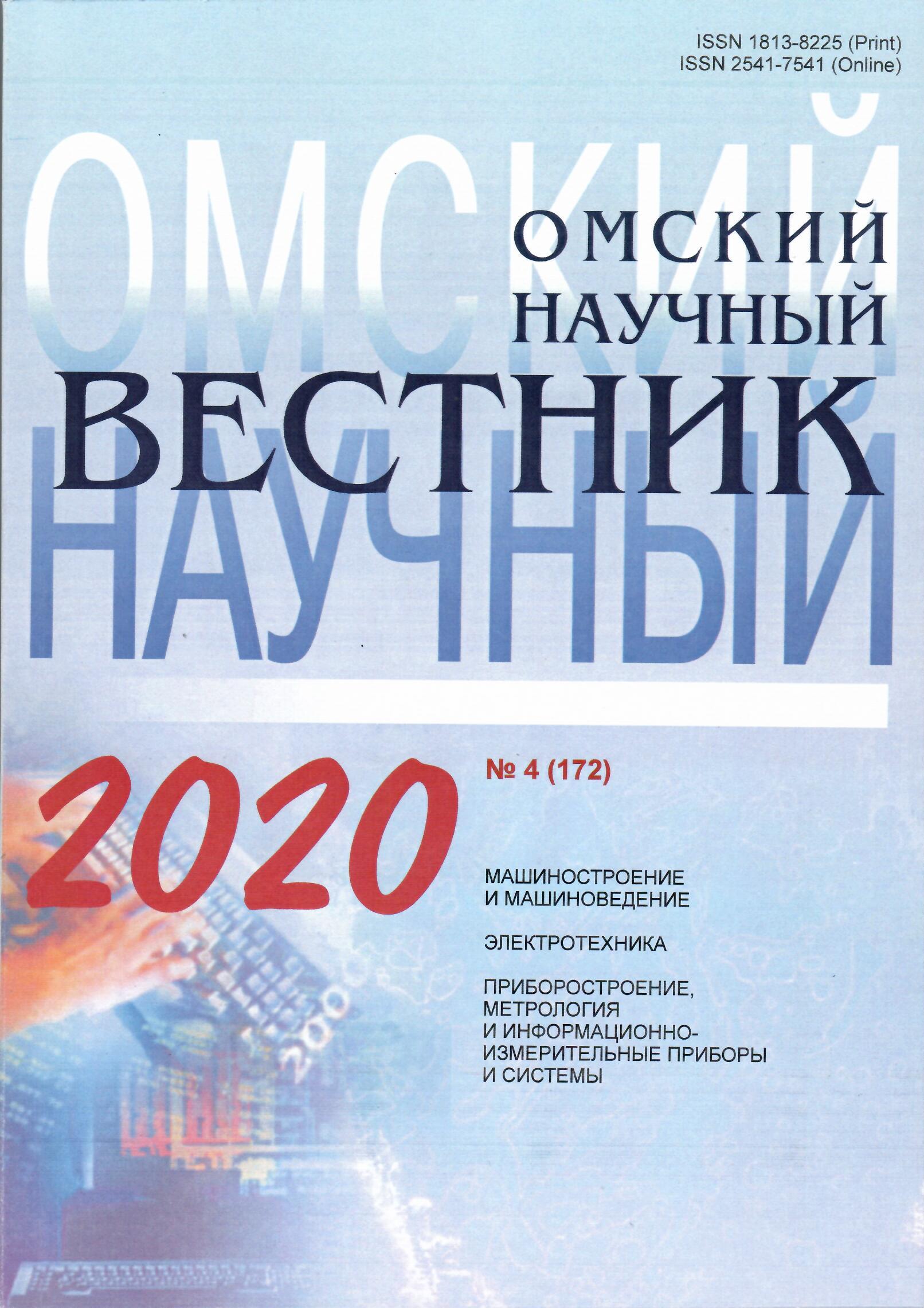Resonance in alternating current traction network
DOI:
https://doi.org/10.25206/1813-8225-2020-172-32-35Keywords:
resonance, electromagnetic processes, traction network, distributed parameters line, alternating current, electric railwaysAbstract
The article provides an analysis of electromagnetic processes in an alternating current traction network of electric railways taking into account its distributed parameters that determine wave processes, which are one of the causes of resonance phenomena. Resonances in the traction network negatively affect the quality of voltage and current, amplify interfering effects on adjacent devices and can cause damage to electrical equipment. The results of the calculation of the minimum resonance lengths of the sections of the traction network and the multiples of the voltage and currents depending on the frequency of the supply voltage make it possible to assess the influence of the length and parameters of the line, such as the load on the presence of resonances.
Downloads
Published
How to Cite
Issue
Section
License
Non-exclusive rights to the article are transferred to the journal in full accordance with the Creative Commons License BY-NC-SA 4.0 «Attribution-NonCommercial-ShareAlike 4.0 Worldwide License (CC BY-NC-SA 4.0»)




